To go or not to go, extreme downwind decisions!
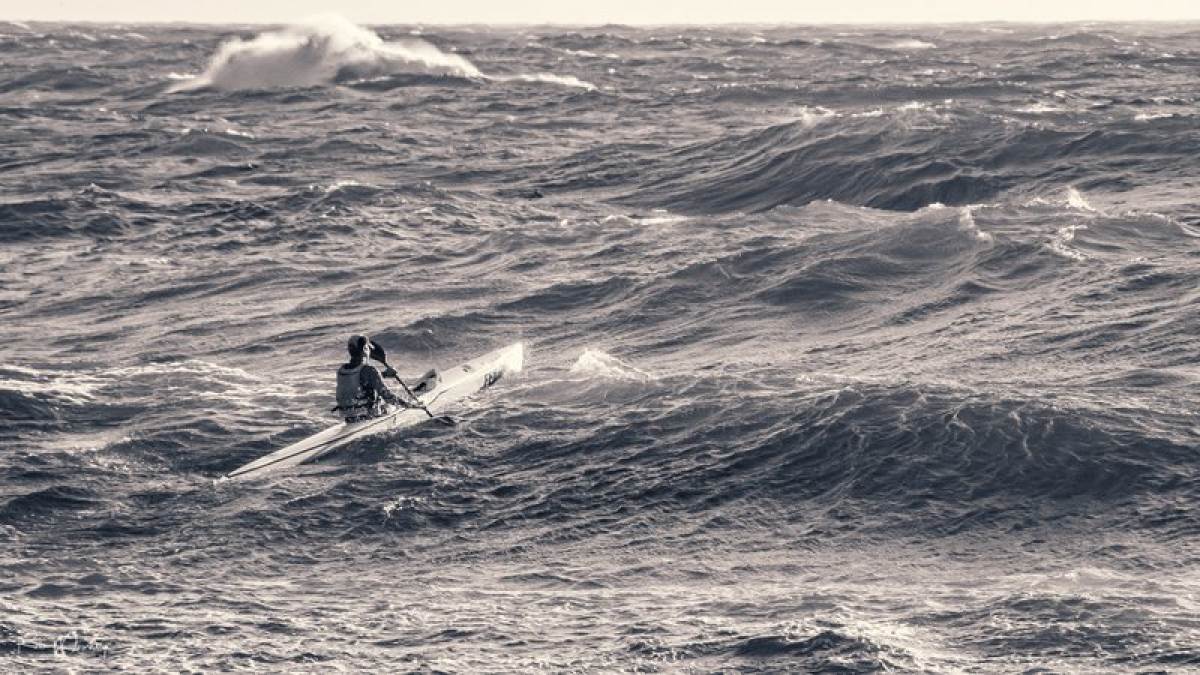 Paul Marais heads out towards Bakoven Rock at the start of the Miller's Run
Credits: Rob Mousley
Paul Marais heads out towards Bakoven Rock at the start of the Miller's Run
Credits: Rob Mousley
I missed out on a cracking Miller’s Run on Sunday. It wasn’t a total loss – I had fun photographing the paddlers who did go – but it made me reflect on how we make decisions, especially when there’s ego or peer pressure involved.
The Miller’s Run
For those who don’t know, the 11.7km Miller’s Run is a famous (infamous?) downwind route here in Cape Town, South Africa. While there are others that “better” in that they’re longer, easier, have warmer water, or whatever the case may be, the fact is that the Miller’s is one of the best known, most travelled downwind runs in the world.
Cape Town is windy. Really windy. The south easterly “Cape Doctor” blows reliably for six months of the year and happens to blow along the edge of False Bay from Miller’s Point, past the Roman Rock lighthouse to Fish Hoek. And it’s this wind that drives the Miller’s Run.
The Route
We launch at a slipway just to the south of Miller’s Point and paddle out to Bakoven Rock, around 800m offshore. This part of the paddle can be tense, because you’re angling across the wind and waves, very conscious (at least I am) of the rocks to leeward. If you fall out, you need to remount very quickly lest your ski be smashed on the rocks leaving you with a long swim back to Rumbly Bay (so-called because the canon-ball sized pebbles rumble as they’re smashed together by the shore break!).
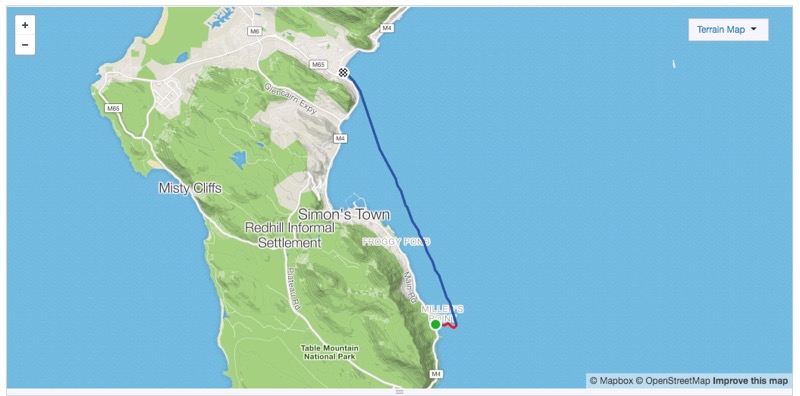
The Miller's Run Route
When you get out to Bakoven Rock, there’s generally a pause while the paddlers group together and start their Garmins… If you don’t time your run with a GPS, it definitely didn’t happen.
And then it’s off downwind… Conditions vary widely; occasionally you get clean runs from the start, but more often the sea is somewhat confused for the first couple of km. The fastest, cleanest waves usually start about 3km from the lighthouse and persist until the entrance of Fish Hoek bay, where they flatten out and you have to paddle hard not to lose momentum for the final km to the beach. One thing’s for sure – it’s never the same from one run to the next.
A Tale of Two Miller’s Runs
On 1 November, the Surfski School here in Cape Town launched the “Mocke Miller’s Run of the Season” competition and the ears of every red-blooded paddler in the Cape Peninsula pricked up…
A few days later I found myself at Miller’s Point with two other paddlers: Jasper Mocke and my paddling buddy John Blacklaws. The wind was blowing very hard – the weather station at Fish Hoek was registering 28-36kt and the sea was covered with breaking waves.
This would be my 61st Miller’s Run this year – so I’m not exactly unfamiliar with it. But the conditions were exceptionally rough. Should we launch at the conventional Fishing Club ramp – or should we go from another ramp, on the protected, north side of Miller’s Point? If we did that, it wouldn’t count as a Miller’s Run for the competition, because we wouldn’t, in this wind, be able to paddle back up to Bakoven Rock.
My non-negotiable redline for a no-go decision is if the wind is so strong that it’s sheeting spray off the wave crests. That indicates a wind strength of around 35kt and I find it extremely difficult to control the boat side-on in rough water with that kind of wind. But it wasn’t sheeting.
My companions were bullish – “it’ll be fine” – and if we went from the other ramp, it wouldn’t count… wouldn’t be a “real” Miller’s run.

Heading out. To me it felt bigger than this image implies
So we launched. And I found it extremely difficult to paddle out to the rock. On my GPS track you can see clearly where I was flung sideways by the wind as I ramped over the waves. It happened twice – each time as I crested a wave. Each time the wind caught the big nose of the Evo II and spun the boat 45 degrees off course. The second time it happened I battled to turn back upwind. Eventually, after crabbing along with my rudder hard over, not getting anywhere, I decided to go straight, paddled hard to pick up speed and then turned, finally managing to steer back upwind. Exciting times.
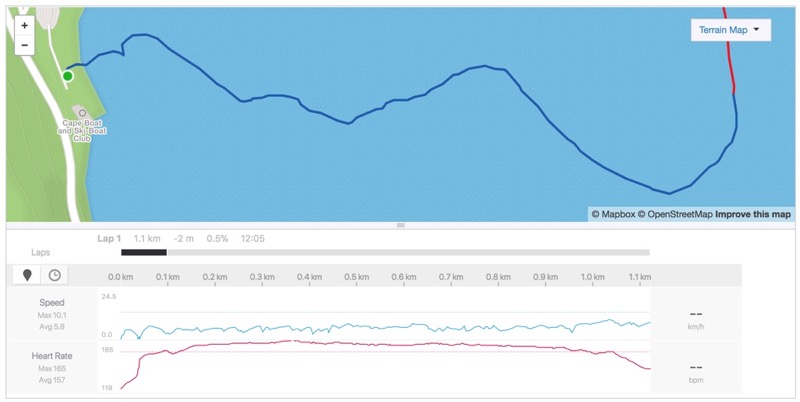
GPS track of the
The downwind run itself was fantastic. Huge (for False Bay) swells and relatively clean; I plunged down one, going through a smaller wave on the face of the bigger one, spray everywhere, gasping, leaning back and trying to keep the boat straight… Adrenalin rush!
On Strava, the flyby recording shows John and I trading the lead, each surging forward in turn as we surfed the waves. Jasper Mocke, of course, was changed and heading out the door before we even got to the beach…
Miller’s #2, the one that didn’t happen
On Sunday I’d booked on the Miller’s Run taxi to do a 6am run. The wind blew close to gale-force all night and I knew that the bay would be a maelstrom. Leaving home early deliberately, I drove across to Glen Cairn to view False Bay before heading back to Fish Hoek. The sea looked extremely choppy.
The parking lot at the club was like a sand-blasting booth, a steady stream of particles rattling against the windscreen, driven by the banshee blast of wind.
I took the flag off the back of the boat. I started to undo one strap, paused, put it back and told Vinnie that I was bailing.
Knowing that I might abort, I’d brought my camera with me – and I drove to Miller’s Point partly to see what the conditions were like there, and partly to make at least something of the day by capturing some images of anyone crazy enough to go out.
Five went – three elite level paddlers and two hardy but definitely non-elite paddlers on a pair of Fenn Blue-fin skis.
Looking at the conditions, I felt a wave of FOMO – but also apprehension. The sea looked extremely rough, streamers of spray flying off the crests of the confused chop.
I watched the skis crawl out to the rock through the camera lens – and shot some of the most dramatic surfski images I’ve ever captured.
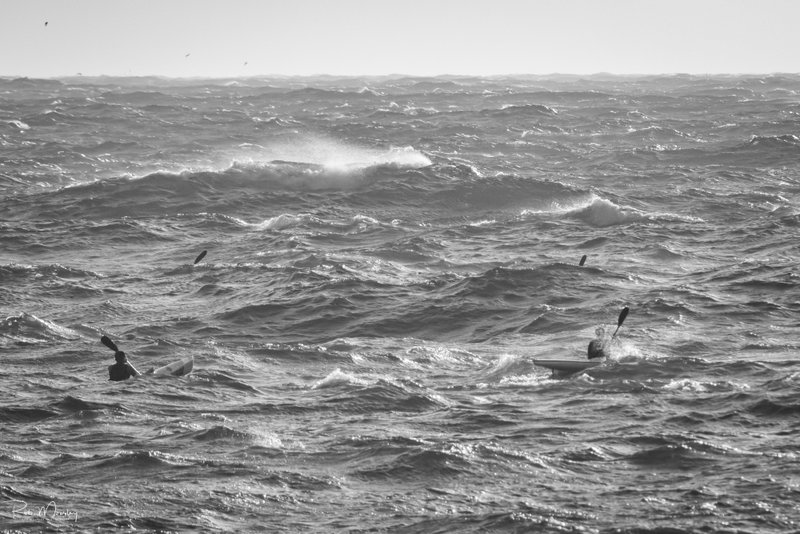
The paddlers told me later that it "wasn't really that rough". Hmm...
On the water, the paddlers were coping fine (so they said later), and they had a ball when they turned downwind. Through my zoom I could see them hurtling down the runs, Paul Marais’ ski disappearing in a cloud of spray as he impacted the bottom of a swell.
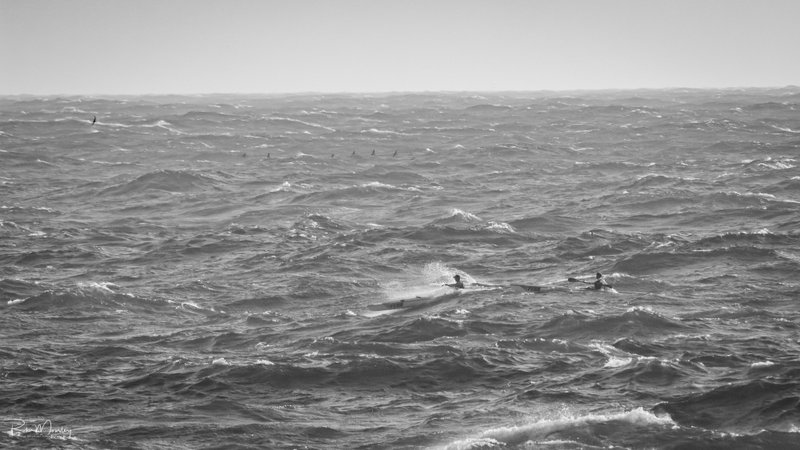
Paul Marais launches down the face of a run
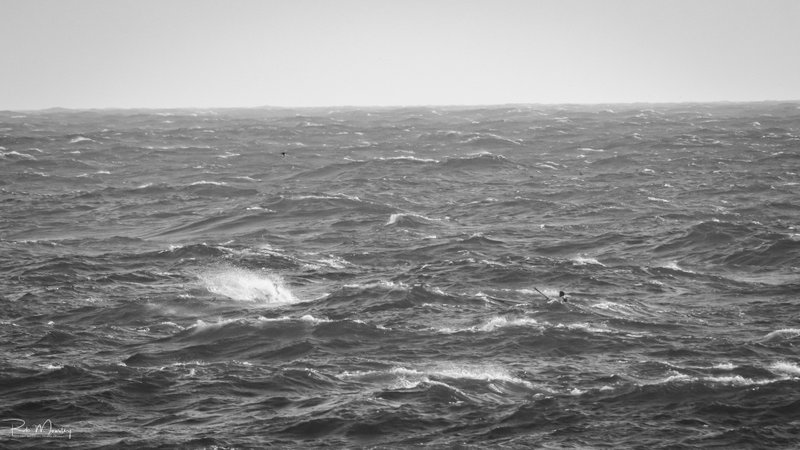
...and lands in a cloud of spray
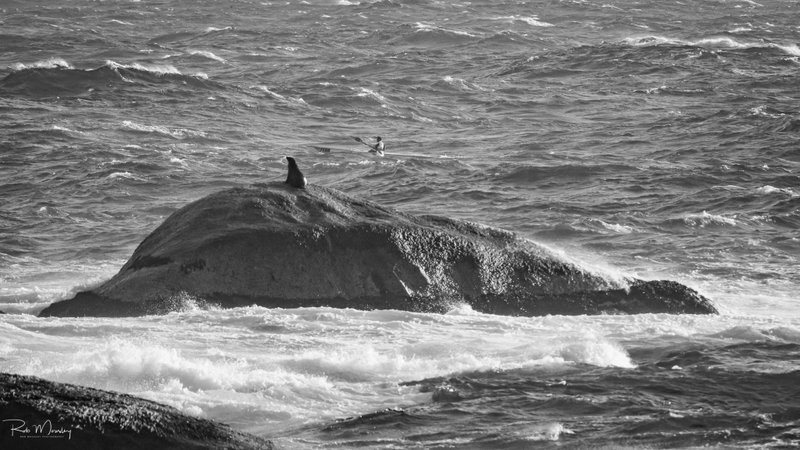
The paddlers had an audience
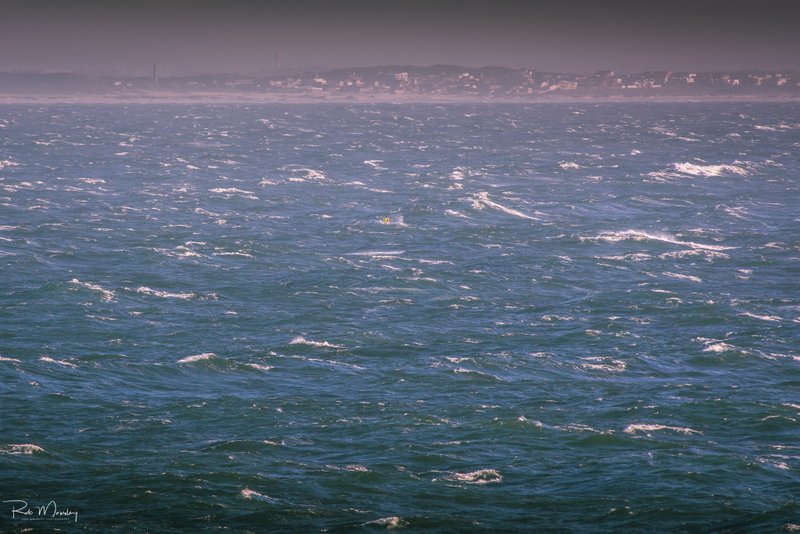
Yannick Laousse demonstrates why hi-viz clothing is a good thing in extreme conditions
The Decisions
If I’m honest, my decision to do the first run was motivated partly by peer pressure, partly because of the Miller’s Run competition. And in the end I was delighted – I beat my Personal Best time (broken again a few days later) and had a brilliant run. Perhaps a case of making the wrong decision but not having cause to regret it.
My reasons for cancelling the second run were based partly on the strength of the wind, the confused appearance of the waves and perhaps the fact that I wouldn’t be paddling with my regular buddy. And my feeling that I wouldn't get a PB because of the confused seas. Perhaps a case of the right decision, but which lead to anguished FOMO.
For there's a real issue here: the only way I'm going to beat my PB is if I push myself to go in big conditions. But in order to do that, I have to fight the fear that comes with heading out into big waves and wind. And when I'm fighting that fear, am I still in a state to make a rational decision? Sometimes I'm not sure.
What do you think?

